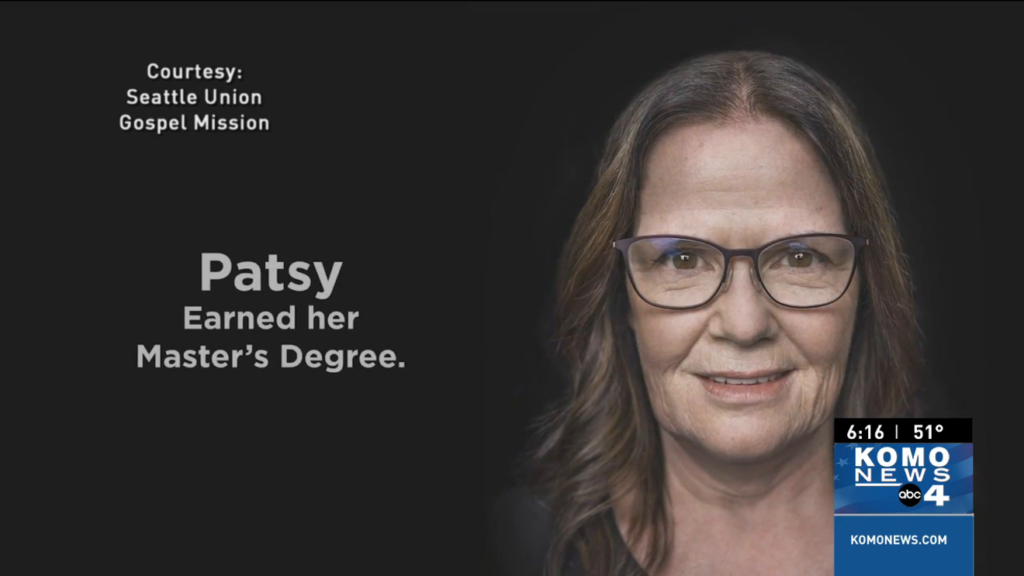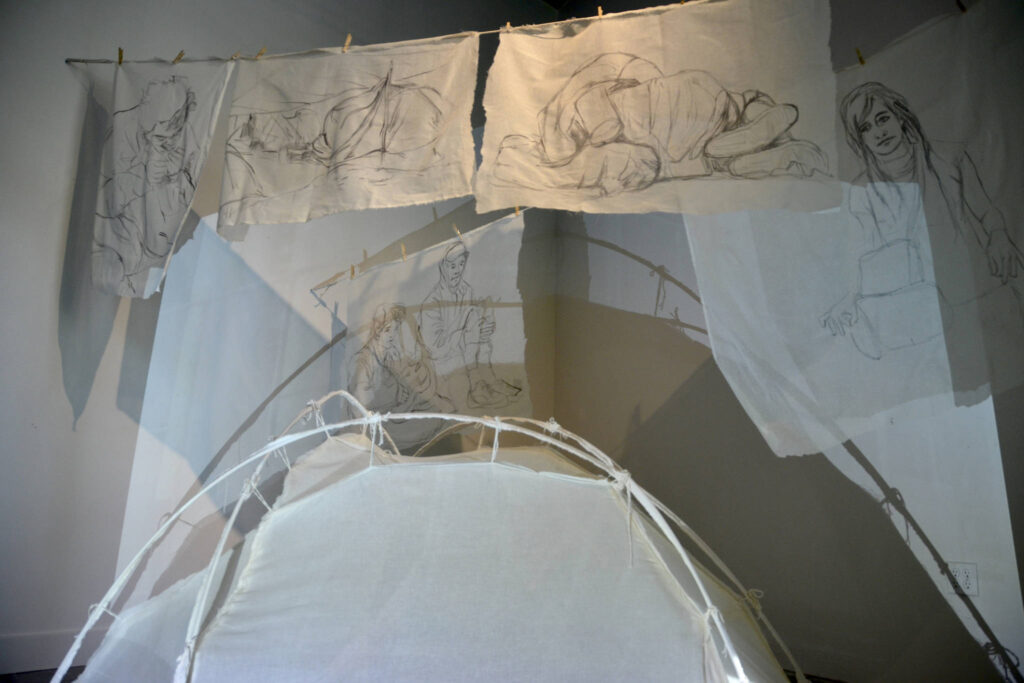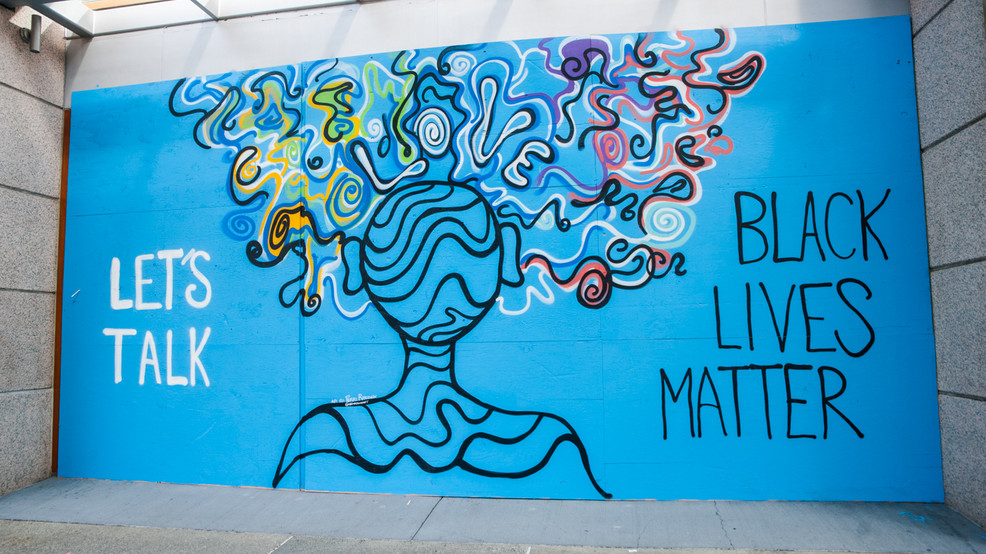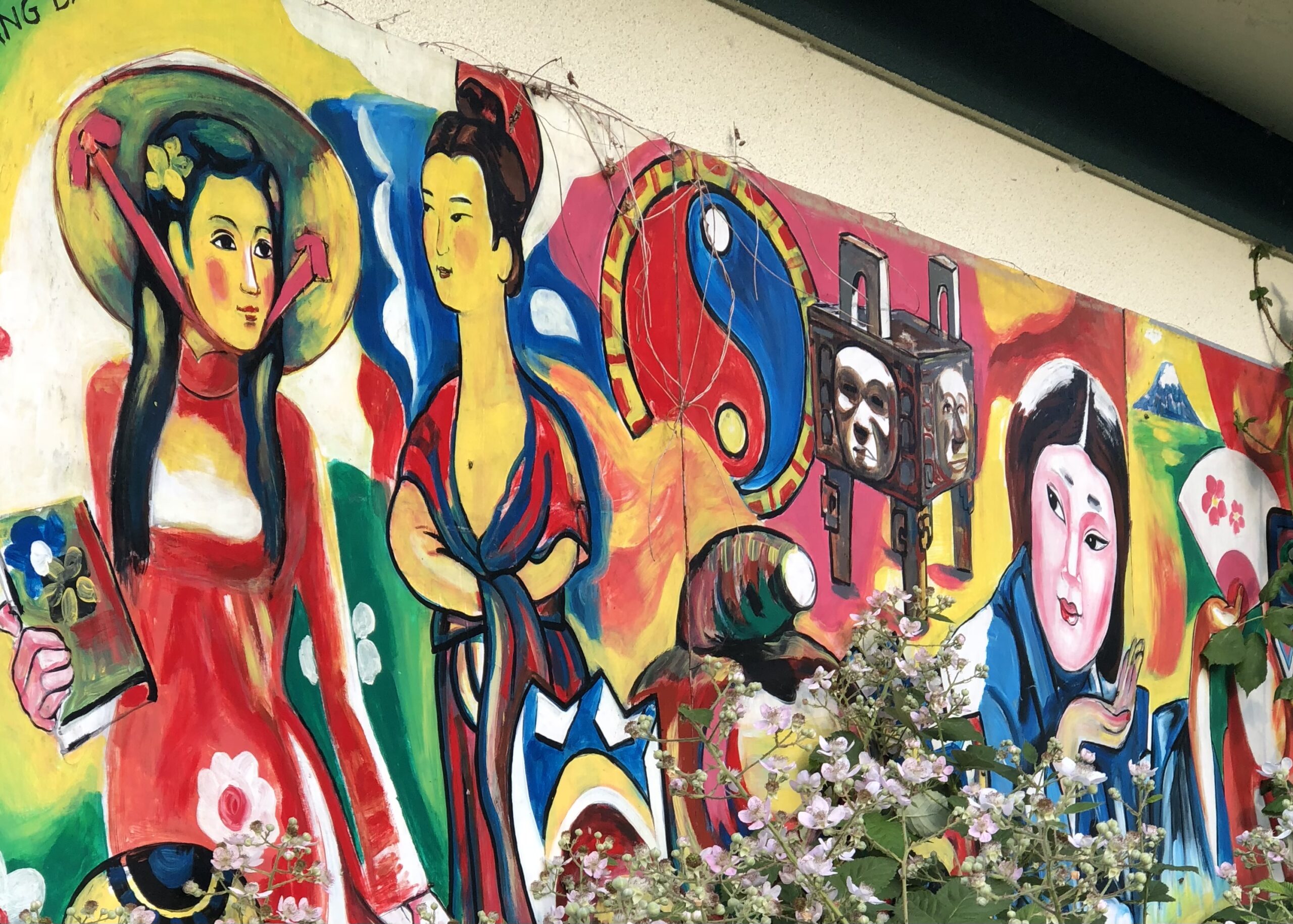Art has long played a part in conveying thoughts, intentions, and actions in the socio-political sphere. Unlike other forms of visual rhetoric, art focuses on imagery and symbolism, the visuals and hidden meanings spelling out a message for and connection to the viewer. Art has positively changed the landscape of social issues anywhere and everywhere, but this article is focused on Seattle, Washington, and how some individuals here have found a way to utilize this effective and powerful form of visual rhetoric for advocation.
Introduction
I like to draw in my free time. There is just something about etching lines on a piece of paper, hearing the scratch of fine pulp as the lead strokes grow, connect, and eventually become a finished piece that is amazing to me. What you draw can be abstract, meaningless, and just for fun, or it can be more serious, meant to show and tell something big. Whenever I dabble into art, my pieces usually turn out to be the former. However, as I became more active on social media, I began to see art being used to raise awareness for social issues, talented artists posting impactful pieces that depict poverty, racism, and abuse. As humans, we are inherently emotional beings; this makes art an especially effective tool for social justice, as it is able to convey both feelings and actions visually, which is advantageous over news articles and spoken words.
Artfully Advocating for those without a Home

Figure 1. A picture from UGM’s portrait projection project for the homeless.
While art can’t physically end the poverty crisis, it has brought awareness to the issue in a way that deviates from the books, targeting our emotions by using imagery to tell stories and show the pain of being on the streets. Back in November of 2021, Union Gospel Mission projected portraits of people who were formerly homeless (Figure 1.) onto city walls, these individuals having improved their lives through the help of UGM and its programs, whose goal is to get Seattle’s leaders to address the homeless crisis. The projections, in a sense quite literally, are a beacon of hope to those who feel like they are on a dark path, while broadcasting to others that homeless people aren’t lost causes, that they can get back on their feet if given the support they need. Rather than going the traditional route of appealing to pathos for subjects like this, UGM decided instead to show the light at the end of the tunnel, to inspire and encourage people not give up on both themselves and others.

Figure 2. A photo of Tatiana Garmendia’s exhibit, “No Hiding Place Down Here”
Tatiana Garmendia’s exhibit from 2017, No Hiding Place Down Here (Figure 2.), also addresses the homeless issue, albeit in the traditional pathos way, featuring an artistic model of the meager tents that many impoverished people have to make due with for shelter, as well as tattered scrim hung above that depict poverty. Here, Garmendia does a powerful job of targeting the audience’s emotions, conveying her message using the symbolism of her art, rather than showing it literally through photographs or statement text. As David Machin draws from Panofsky in Introduction to Multimodal Analysis (2007), “objects, animals, people [and postures can] symbolize particular people, values, and behaviors” (pg. 39). In the case of Garmendia’s exhibit, whose primary feature is a skeletal frame of a tent with paltry covering, the structure is synonymous with homelessness, as the two are commonly seen together. Sarah Elwood and Victoria Lawson from the Department of Geography at the University of Washington dub campaigns like the ones that UGM and Garmendia did as poverty politics, stating in their research article The arts of poverty politics: Real Change that they “go beyond challenging norms, [actively] creating inclusive public spaces and encounters between people who are constructed as living in separate worlds.” Sometimes, a picture is more powerful than words—and art is a visual tool that has the ability to create change in this digital and visual age.
Black Lives Matter, Art, and Community

Figure 3. A bird’s eye view of the Black Lives Matter letter mural in Capitol Hill, Seattle WA.
During the height of the BLM movement back in early 2020, a particular mural went viral not only for its massive scale (Figure 3.), but also the amount of artists that collaborated on it. The Black Lives Matter letter mural on Capitol Hill’s East Pine Street was created through the hard work of 15+ local Black artists, each being in charge of one of the 16 letters that make up the powerful phrase. During a time in which the nation was torn apart by the seams, this act of community and beautification inspired many. The mural also raised awareness for Black Arts, bringing recognition to each of the artists that participated. Kimisha Turner, the artist of the letter B said to Crosscut, “I have always said that art literally saves lives. This last year with everything going on just underlined that. We saw so much art being made that helped us all cope with everything going on, as well as art that made people think differently about their role in the world and how we all have the responsibility to shape it.”

Figure 4. A BLM mural by Perri Rhoden on Seattle’s 4th Ave.
In addition to the BLM road mural, other artists did their own smaller projects around Seattle after local artist Mari Shibuya declared on Instagram, “Let’s fill the streets with images to honor the sacred lives we have lost.” Many people answered their call, decorating the city in colorful murals with powerful, uniting messages. Perri Rhoden was one of them, her mural (Figure 4.) located on 4th Ave.
Conclusion
Art is accessible; it can be simple, complicated, intricate—everyone has the ability to make something artistic and convey things with their pieces. In this modern age of media, art is an effective form of visual rhetoric, demonstrated by the influx of artistic activism in recent years. During protests, colorful and creative signs can be seen. In the big cities, large murals depicting minority communities and wishes for peace decorate buildings. On social media, artists have also become activists, advocating with each post. These examples from Seattle are just scratching the surface—art and social issues, politics, have become intertwined, and things can change one brush or pencil stroke at a time.
References
Carley, C. (2017, August 26). ‘No Hiding Place Down Here’ Explores Issues of Exposure, Privacy for Seattle’s Homeless. Seattle Weekly. Retrieved April 21, 2022, from https://www.seattleweekly.com/arts/no-hiding-place-down-here-explores-issues-of-exposure-privacy-for-seattles-homeless/
Crook, E. (2022). Photos: Seattle artists fill streets with murals to honor Black Lives Matter. Seattle Refined. https://seattlerefined.com/lifestyle/photos-seattle-artists-fill-the-city-with-murals-signs-to-honor-black-lives-matter#photo-30
Elwood, S., & Lawson, V. (2018). The arts of poverty politics: Real Change. Social & Cultural Geography, 21(5), 579–601. https://doi.org/10.1080/14649365.2018.1509111
Lindsay, E. (2020, September 21). City announces new project with VividMatterCollective to recreate and properly preserve the Capitol Hill Black Lives Matter Street Mural. Seattle.Gov. Retrieved May 18, 2022, from https://artbeat.seattle.gov/2020/09/21/city-announces-new-project-with-vividmattercollective-to-recreate-and-properly-preserve-the-capitol-hill-black-lives-matter-street-mural/
Machin, D. (2007). Introduction to Multimodal Analysis (A Hodder Arnold Publication) (1st ed.). Bloomsbury USA.
reporter, J. C., KOMO News. (2021, November 4). Giant portraits of the homeless on Seattle buildings aim to show city’s ongoing crisis. KOMO. https://komonews.com/news/project-seattle/new-portraits-on-seattle-buildings-aims-to-highlight-citys-ongoing-homeless-crisis
Vansynghel, M. (2021, June 3). 16 artists, 1 message: Seattle’s Black Lives Matter mural a year later. Crosscut. Retrieved May 18, 2022, from https://crosscut.com/culture/2021/06/16-artists-1-message-seattles-black-lives-matter-mural-year-later


Provide Feedback
You must be logged in to post a comment.